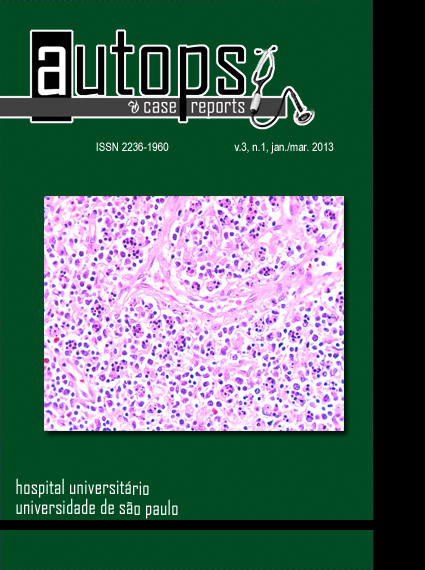Carcinoid heart disease
DOI:
https://doi.org/10.4322/acr.%25y.58880Keywords:
Carcinoid Heart Disease, Tricuspid Valve, Pulmonary Valve, Carcinoma, Neuroendocrine, SerotoninAbstract
The images are of the tricuspid valve and the pulmonic valve from the autopsy of a patient with mid-gut neuroendocrine carcinoma, carcinoid pattern, extensively metastatic to the liver. The patient had typical “carcinoid syndrome,” including clinical evidence of tricuspid and pulmonic stenosis and insufficiency. The tricuspid valve (left) shows slight retraction and distortion by the overlying endothelial deposition of plaque composed of acid mucopolysaccharide-rich matrix with varying amounts of smooth muscle cells and collagen fibers. The plaque material causes partial coalescence of chordae tendinae with effacement of the usual delicate strands. The pulmonic valve (right) shows more marked distortion with shrinkage and obliteration of cusps and coalescence at the commissures. Beneath the plaque the valves are intact.Downloads
Download data is not yet available.
Downloads
Published
2013-04-01
Issue
Section
Image in focus
License
Copyright
Authors of articles published by Autopsy and Case Report retain the copyright of their work without restrictions, licensing it under the Creative Commons Attribution License - CC-BY, which allows articles to be re-used and re-distributed without restriction, as long as the original work is correctly cited.
How to Cite
Geller, S. A., & Campos, F. P. F. de. (2013). Carcinoid heart disease. Autopsy and Case Reports, 3(1), 67-8. https://doi.org/10.4322/acr.%y.58880



